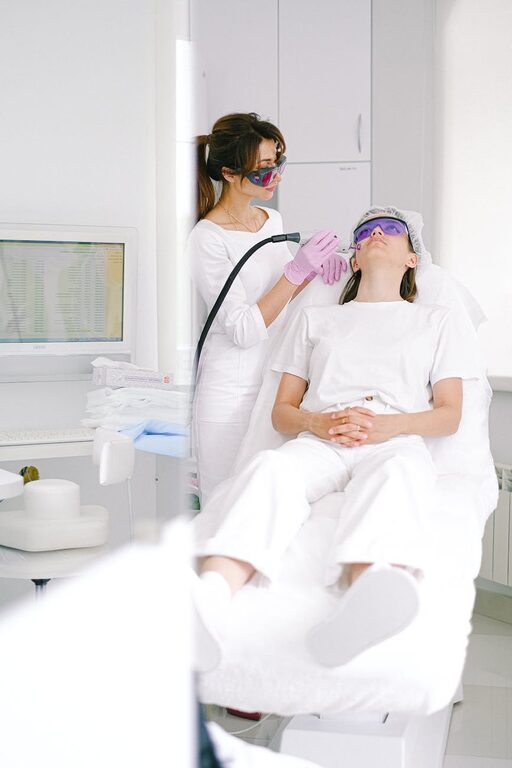How to Protect Your Eyes During Screen Time: Tips for Healthy Vision

Spending hours in front of screens has become a common part of daily life, whether for work, school, or entertainment. Although screens offer convenience and connectivity, prolonged use can lead to eye discomfort and strain. Fortunately, there are practical steps you can take to protect your eyes and maintain good vision health even during extended screen time.
Understanding Eye Strain from Screen Use
Eye strain, often called digital eye strain or computer vision syndrome, occurs when your eyes get tired from intense use, especially with digital devices like computers, tablets, and smartphones. Symptoms can include dryness, itching, blurred vision, headaches, and difficulty focusing.
These symptoms generally happen because screen use reduces your blink rate and causes your eyes to work harder to focus on the display. Poor lighting, improper screen brightness, and bad posture also contribute to eye strain.
Tips to Protect Your Eyes During Screen Time
1. Follow the 20-20-20 Rule
A simple and effective strategy to reduce eye strain is the 20-20-20 rule. Every 20 minutes, take a 20-second break to look at something 20 feet away. This brief break relaxes your eye muscles and helps prevent fatigue.
2. Adjust Your Screen Settings
Proper screen brightness and contrast can reduce eye strain. Match the brightness of your screen to your surrounding environment—too bright or too dim screens force your eyes to work harder.
Increasing text size can also help avoid squinting, which causes eye fatigue. Most operating systems allow you to adjust font size easily.
3. Maintain Proper Distance and Posture
Keep your screen about an arm’s length (20-24 inches) away from your eyes. Position the screen so that the top is at or just below eye level. This set-up encourages a natural downward gaze and reduces strain on eye muscles and neck.
Sitting with good posture also supports overall comfort and reduces tension around the eyes.
4. Reduce Glare and Improve Lighting
Glare from windows or overhead lights can cause you to strain your eyes. Use blinds or curtains to control natural light and consider an anti-glare screen protector.
Use soft, indirect lighting instead of bright fluorescent lights. A desk lamp with adjustable brightness can provide focused illumination without adding glare.
5. Blink More Often and Use Artificial Tears
Blinking keeps your eyes moist and comfortable. When focusing on screens, blink rate tends to drop, which can cause dryness and irritation.
Consciously remind yourself to blink regularly, and consider using lubricating eye drops if your eyes feel dry.
6. Use Blue Light Filters or Glasses
Many devices offer a “night mode” or blue light filter that reduces the amount of blue light emitted from your screen. Blue light is suspected to contribute to eye discomfort and disrupt sleep patterns.
Alternatively, consider wearing glasses with lenses designed to block blue light during prolonged screen use.
7. Take Regular Breaks Beyond the Eyes
Standing up and moving around every hour can improve blood flow and reduce overall fatigue. Breaks help your eyes, body, and mind refresh.
8. Get Regular Eye Check-Ups
Regular visits to an eye care professional ensure your vision is monitored and any prescriptions are up to date. If you experience persistent eye discomfort, it’s a good idea to consult an optometrist.
Eye-Healthy Habits for Screen Users
– Stay Hydrated: Drinking enough water can help prevent dry eyes.
– Eat Vision-Friendly Foods: Include fruits and vegetables rich in vitamins A, C, and E, and omega-3 fatty acids to support eye health.
– Limit Screen Time When Possible: Take breaks or engage in non-screen activities to give your eyes a rest.
Conclusion
Taking care of your eyes during screen time is essential as digital devices become a bigger part of our lives. By following practical steps like the 20-20-20 rule, adjusting your screen settings, and maintaining good habits, you can reduce eye strain and protect your vision in the long run. Remember, simple changes can make a big difference in how your eyes feel after a day full of screen use.
Make eye care part of your daily routine and give your eyes the attention they deserve!
